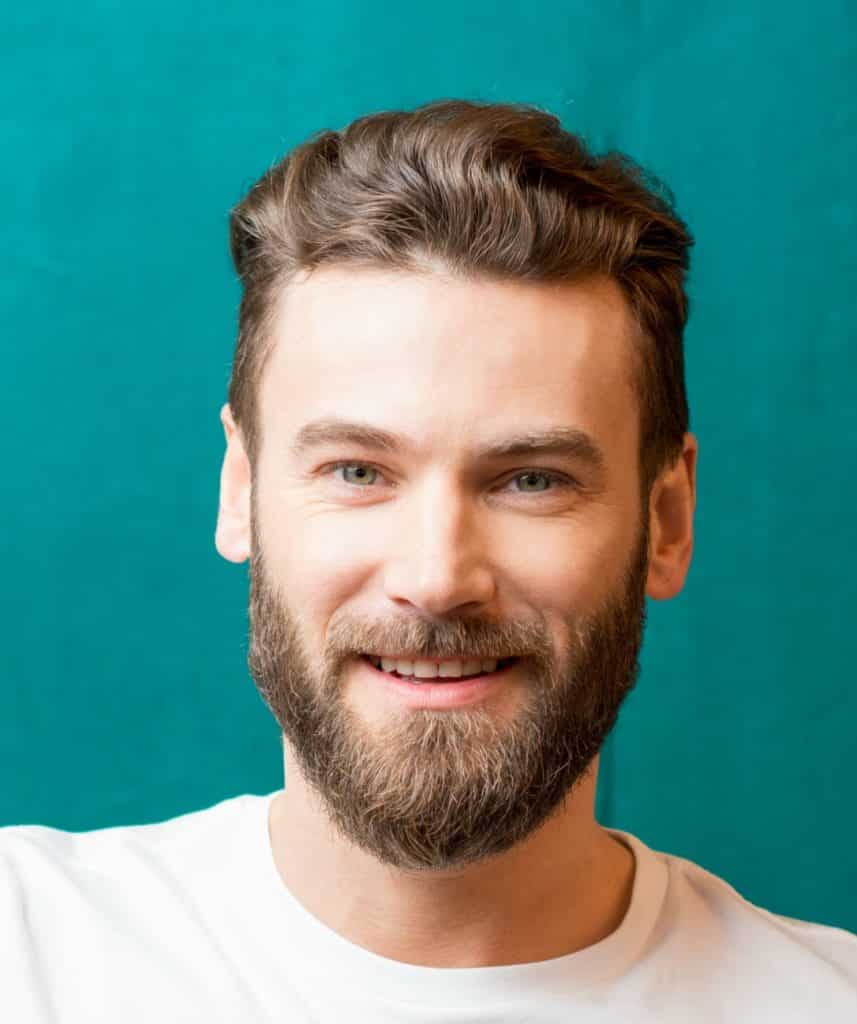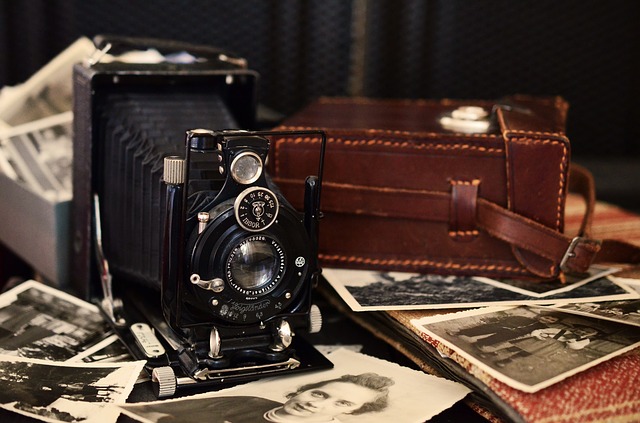 While attending the Culinary Institute of America (CIA), William Bronchick dreamed of owning his own catering company. He was recently interviewed on Inspirery.com where offers a snippet into his business dream, future goals, and personal interests. This insight features his love of food, cooking, and travel, all while sticking to his Texan roots while living in Denver, Colorado.
While attending the Culinary Institute of America (CIA), William Bronchick dreamed of owning his own catering company. He was recently interviewed on Inspirery.com where offers a snippet into his business dream, future goals, and personal interests. This insight features his love of food, cooking, and travel, all while sticking to his Texan roots while living in Denver, Colorado.
The CIA alum describes his simple beginnings, fears, and eventual success in the culinary industry. He also discusses business anecdotes like using social media and photography to book events and catering parties. He also touches on his inspiration for growth and where he sees himself in years to come.
To read more about William Bronchick’s Inspirery interview, go here: http://inspirery.com/william-bronchick


